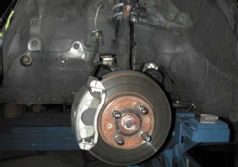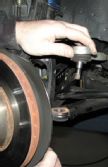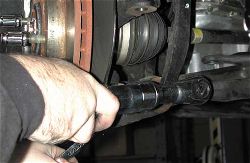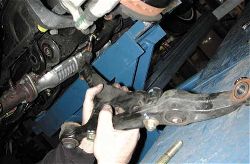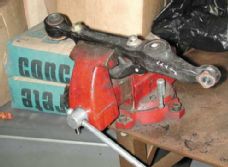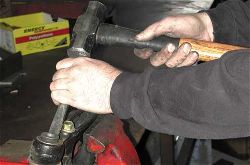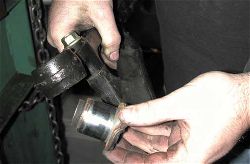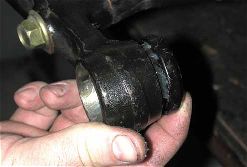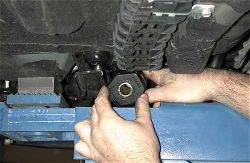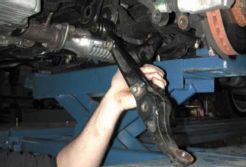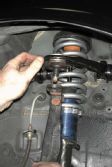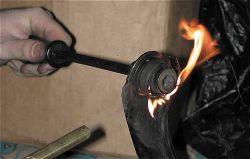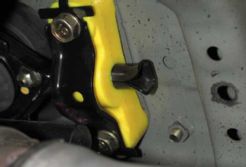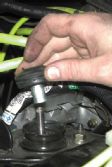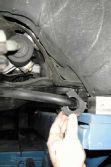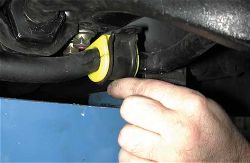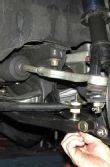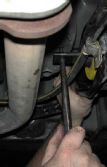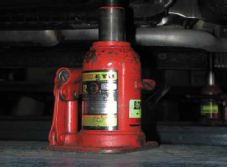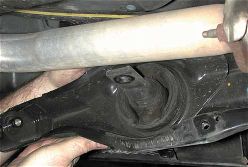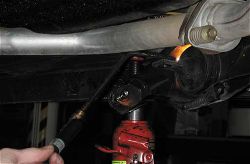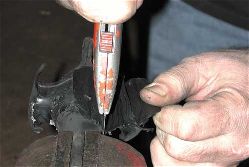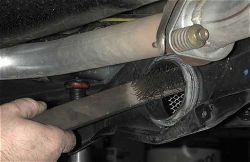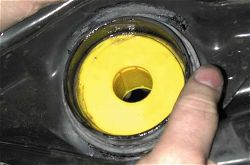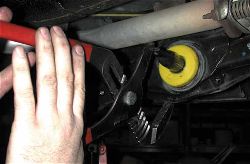If you’ve ever built a radio control car, you’ve most likely set up the suspension incorrectly. Not tightening tie rods enough and improperly adjusting suspension components makes the car wander around when driving.
Full-size vehicles are the same way. The factory equips the suspension with rubber bushings to create a comfortable ride. The result is a car that has road manners appealing to the average driver. But a performance-minded person will notice how the bushings create a mushy, floating kind of feeling. The car will not be as responsive and will have a tendency to wander on the road. As time goes by and the rubber deteriorates from road contaminants, the ride becomes sloppy and wanders even more. As the rubber bushings wear at friction points, such as control arm pivots, vagueness can result from the “play” that is caused by increased tolerances.
Energy Suspension has come to the rescue with polyurethane. Polyurethane is much stiffer than the soft rubber from the factory. This allows the bushing to resist the harsh twisting and pressure by the suspension’s natural movements and, in turn, places the effect where it should be—on the suspension components. Polyurethane also resists temperature changes better than rubber does. In cold weather, rubber tends to become firmer. Polyurethane is consistently firm regardless of the weather. Polyurethane is also impervious to road contaminants. These will definitely outlast the factory rubber. Energy Suspension has put plenty of time into developing this product, for the sports-minded driver, and the average driver alike, to replace the factory rubber when (or if) it goes bad. Unless you are qualified and have the proper tools, we suggest that you don’t attempt this installation at home. Let’s take a look as Bill and Nate from Energy Suspension walk us through the install of the Hyperflex kit on a 2000 Honda Civic.

